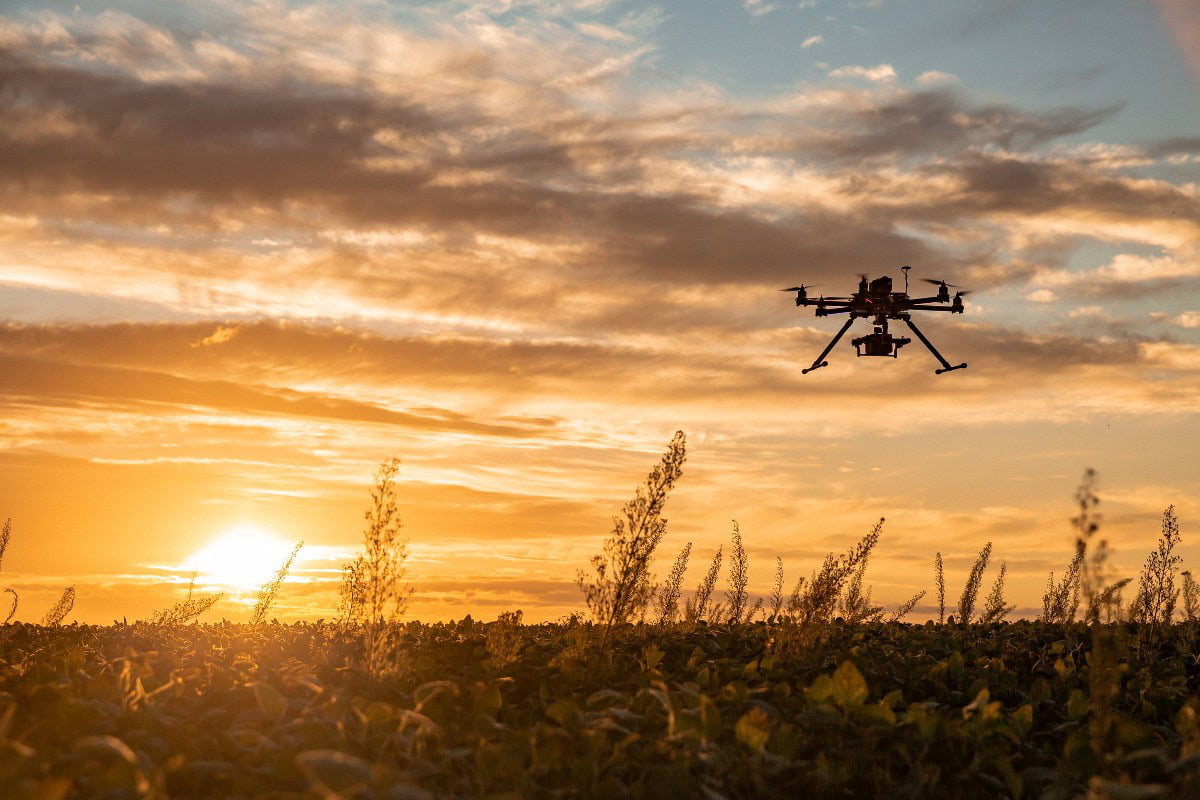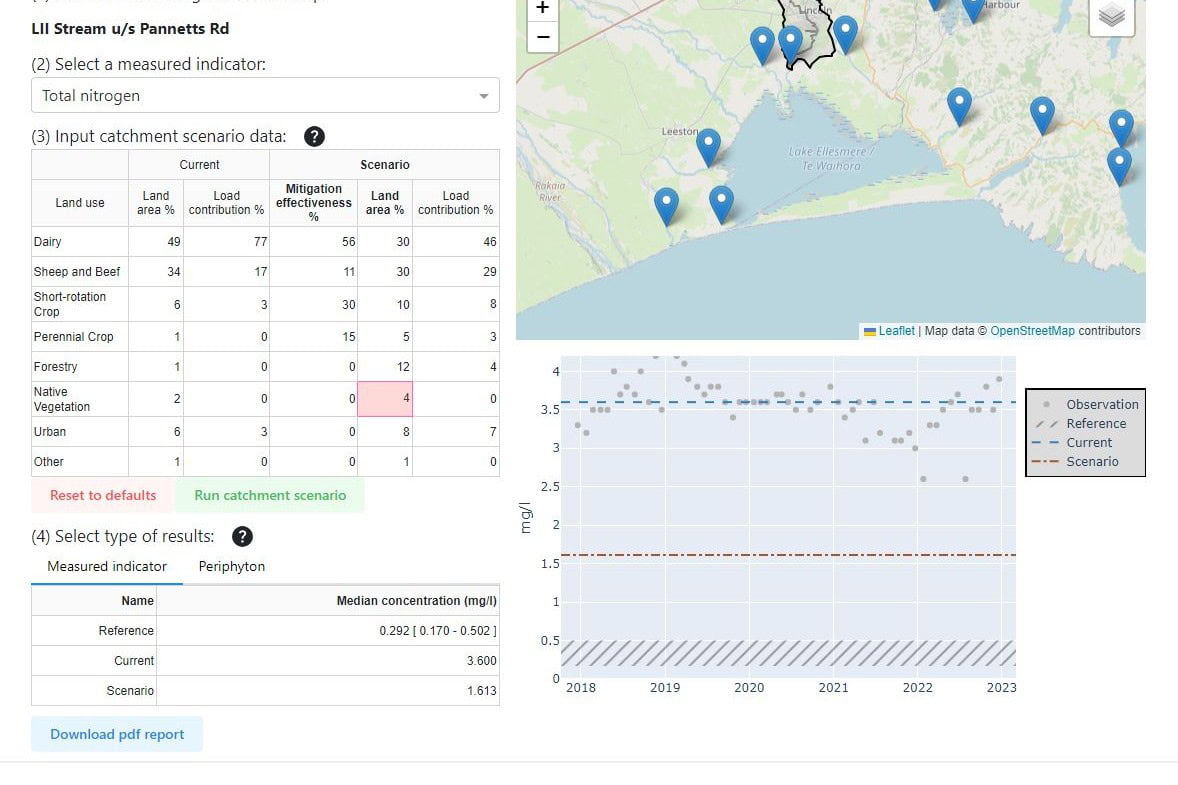August 30, 2024
Resources related to
Irrigation
NIWA
Smart irrigation decisions can reduce the loss of nitrogen and phosphorus to freshwater by as much as 85%. Irrigation is also a critical factor in land-use-change decisions. These resources provide evidence to inform more strategic, precise use of irrigation.
Showing 1 - 12 of 134 results
The effect of irrigation and urine application on phosphorus losses to subsurface flow from a stony soil
Factors such as irrigation and soil pH can increase the solubility of P and its loss to water. Urine patches are known to alter pH…
How to improve water governance in multifunctional irrigation systems? Balancing stakeholder engagement in hydrosocial territories
An evidence-based analysis of stakeholder engagement in decision-making processes affecting multifunctional irrigation systems. The case studies show how stakeholder engagement in irrigation systems shapes hydrosocial…
Challenges and opportunities for land use transformation: Insights from the Central Plains Water Scheme in NZ
This paper considers the factors that are important to land managers in determining whether to change their land use system when the development of an…
Transferring the impacts of pilot-scale studies to other scales: Understanding the role of non-biophysical factors using field-based irrigation studies
Researchers are challenged to design research that can generate credible claims regarding cross-scale impact and adoption. However, the context in which new knowledge or innovation…
Phosphorus transport in subsurface flow from a stony soil under irrigated and non-irrigated lucerne
The extent of phosphorus (P) loss from soils under deep-rooting crops such as lucerne is currently unknown. This study used large lysimeters (2.0 by 1.5…
Seventy years of data from the world’s longest grazed and irrigated pasture trials
Pastures are the most widespread land use, globally. The Winchmore trials were established in 1948–1949 in Canterbury, New Zealand and examined either different rates of…
What are the opportunities to reduce variability in apple tree productivity through targeted (sub-block) water and nutrient application?
Most of New Zealand’s apple production occurs on soils which have formed from alluvial (river movement) deposits. These soils range from clays to sand, to…
Measuring real time nitrate leaching from a Hawkes Bay onion Field
The primary objective of this project was to prove that successful real time ‘in situ’ nitrate measuring was possible using a nitrate sensor and that…
Application of remote sensing in spatial irrigation scheduling
While the science of calculating crop coefficients using remote sensing has been around since the 1970’s, a robust commercial product is not yet available. This…
Tech Note: Nitrate-Nitrogen Leaching in Horticulture
Two-page guidance from Ravensdown for nutrient management decisions/practices in horticulture, and the implications of these practices when combined with rainfall events resulting in drainage. Based…
 View Our Strategy Document 2019 – 2024
View Our Strategy Document 2019 – 2024


